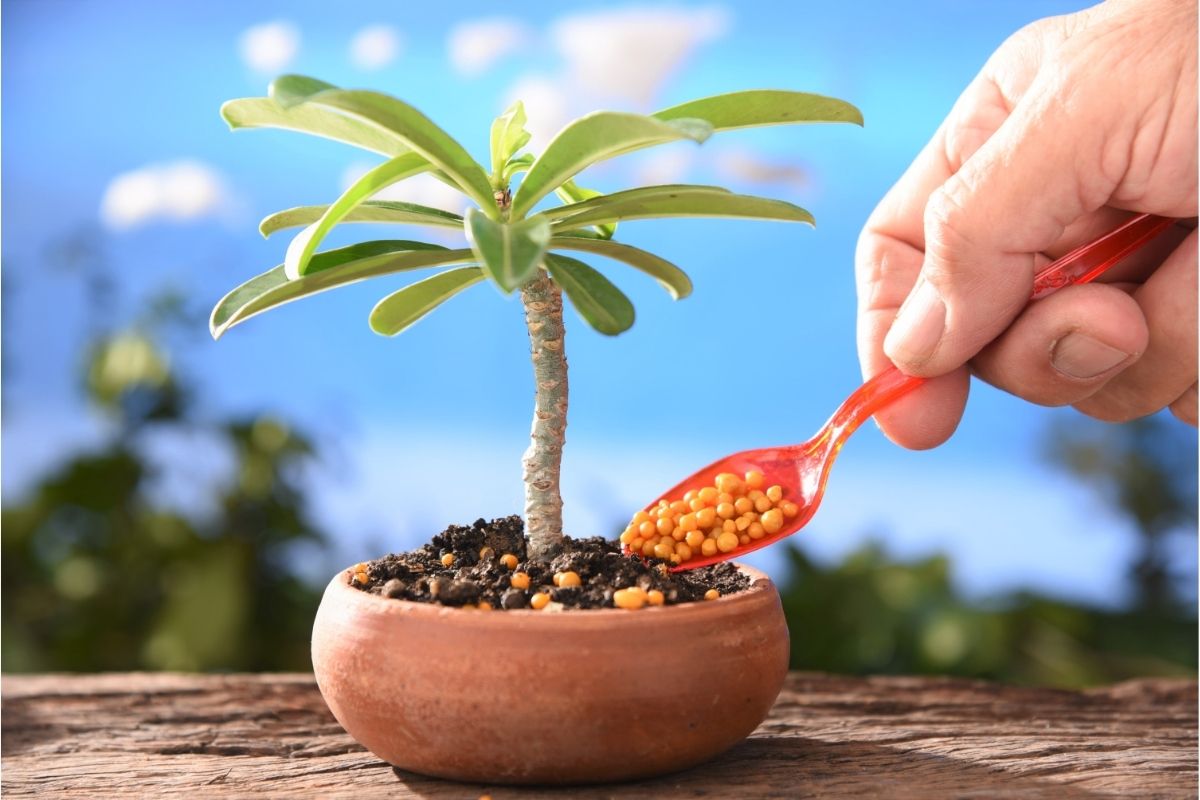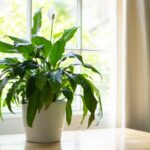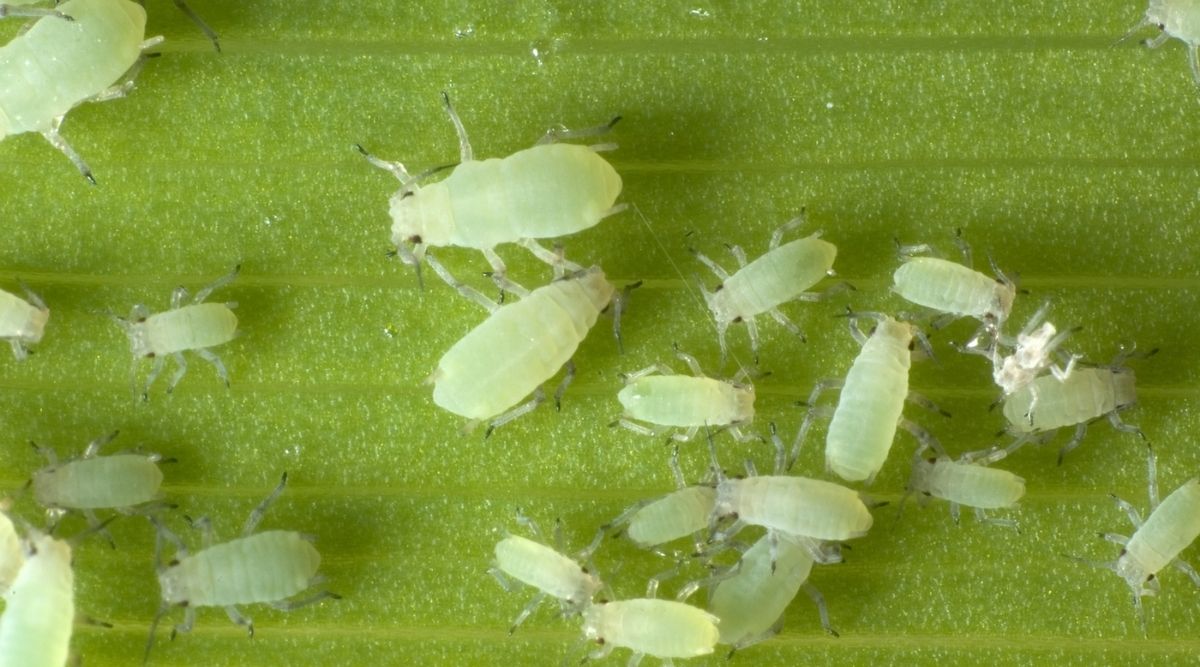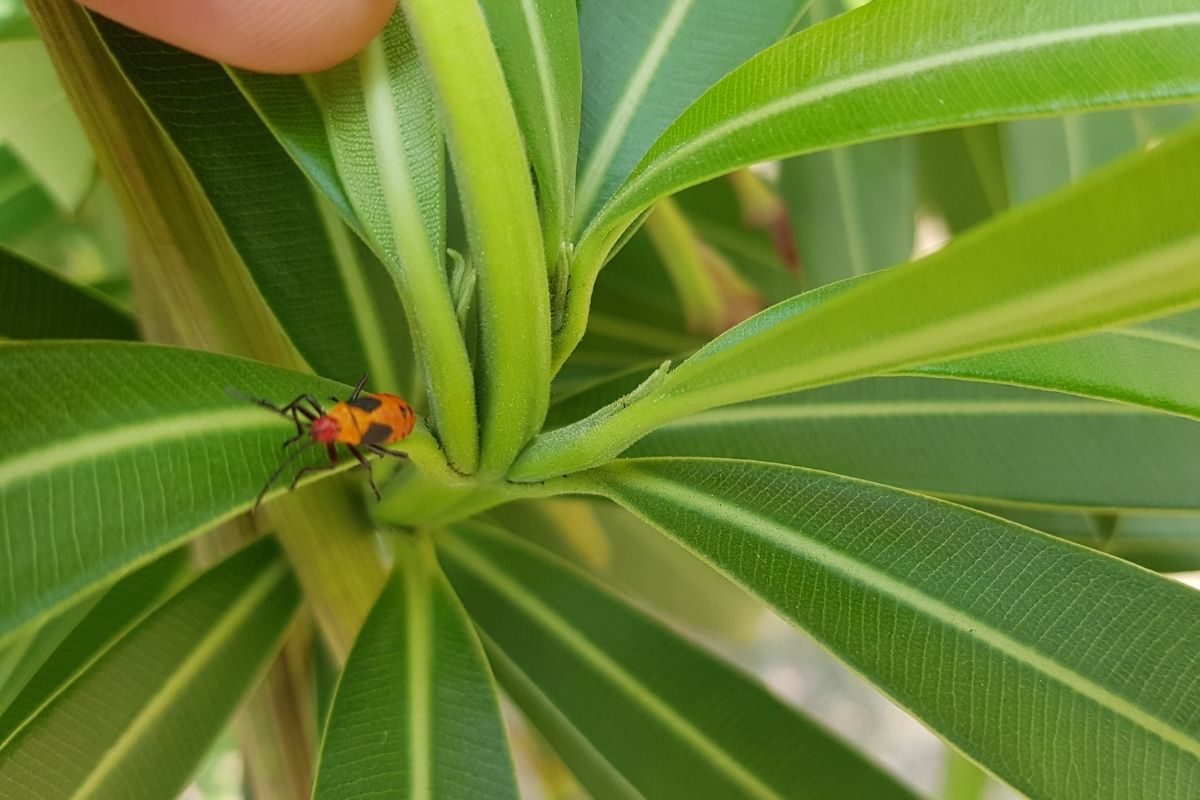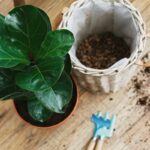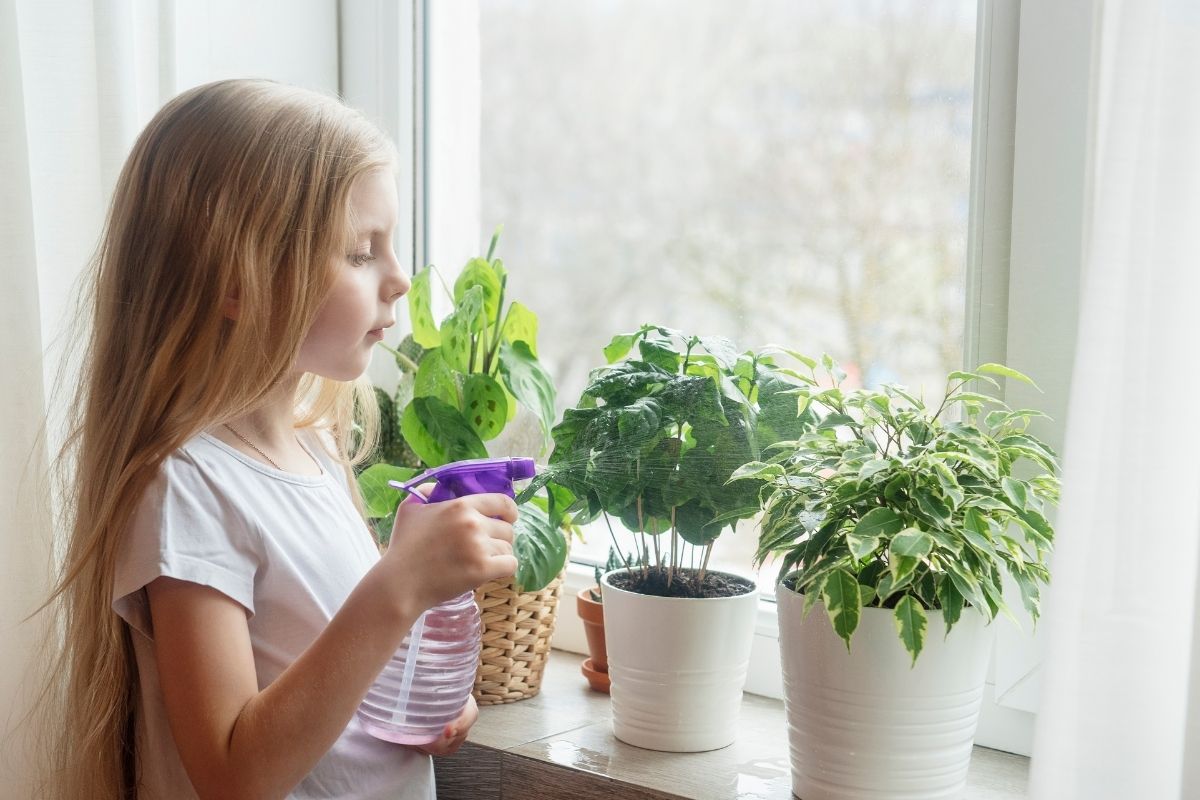Do you want to start a collection of indoor plants? Or do you just want to enliven the house with luxuriant greens?
Taking care of houseplants might sound overwhelming. But actually, you just have to remember several things to ensure your plants can recover from any mistake or bad conditions.
We spoke to some plant experts, and they graciously shared the simple daily tasks for healthy plants, the unhelpful practices we should let go of, and the surprising habits that harm our plants.
1. Go Soilless
One of the most essential factors in plant health is the soil or substrate. The soil quality affects root strength and susceptibility to diseases. Similar to any other living thing, plants have specific preferences. For example, some of them prefer slightly acidic soil, while others thrive in a more neutral mix.
Indoor plants need room for aeration, drainage, and root growth. Plant experts recommend choosing a potting mix that’s a combination of various things. These usually include wood fiber, peat moss, pink bark, perlite, and pumice. Using outdoor soil can put your indoor plants at risk for disease and pest problems. Confused if you should use potting soil or a potting mix? Here’s the difference.
2. Water only as needed
The watering requirements for indoor plants differ slightly, depending on the season and growing method. Rather than sticking to a schedule, water only when necessary.
Flowering plants need more water than succulents. If you’re using well-drained soil, only water the plants when the top inch of the soil feels dry already.
Overwatering can lead to plant death because oxygen cannot pass through water-logged roots.
3. Isolate new houseplants
While it’s true that greenery can improve mood, you might lose that disposition at the sight of pests.
Aphids, mites, gnats, and other creatures can hide in the soil or corner of your new plant. These can spread to other indoor plants by contact. Keep your new indoor plants away from old ones for a few weeks. Monitor them for any sign of pests, such as gnawed stems or brown leaves. If you suspect the presence of pests, bring it up with the supplier.
4. Be easy with the fertilizer
Fertilizers can speed up growth, increase resilience, and promote foliage and/or flower production. But you can’t skip the hard work by just pouring fertilizers into the pots more often.
How often you should add fertilizer depends on various factors, such as plant type and season. Generally, it’s best to fertilize the soil right before the active growth phase—which usually happens in early spring.
Over fertilizing can weaken the plant, cause yellowing of the foliage, and chemical burns on the roots.
5. Repot plants whether they’re overgrown or not
Roots branch out and become larger over time. As a result, there’s less room for aeration in the container—hindering oxygen and nutrient absorption.
When roots start to poke out of the pot or when water gets absorbed too fast, maybe it’s time to repot. To confirm this, squeeze the pot to loosen the soil and gently slide the plant out to see the root system.
Plant experts practice repotting plants every 12-18 months even if the pot is not overcrowded. This is because the soil’s nutrient content depletes as the plant grows.
6. Choose well-drained containers
Whether you’re repotting or adding a houseplant to your collection, make sure the new container has drainage holes.
These holes prevent roots from getting waterlogged, and at the same time, they allow the entry of oxygen into the container.
7. Dust your plants
Houseplants also need regular cleaning. Dust can collect on leaves and prevent them from receiving sufficient sunlight. You can gently remove the dust using a room-temperature shower.
For plants with hairy leaves, it’s better to use a soft brush instead of water. This is to prevent moisture from lodging on the surface, which can encourage microbial growth. You can use a cloth to gently wipe the smooth-surfaced leaves.
8. Remove dying foliage
Remove spent flowers to encourage the plant to produce more. At the same time, it re-directs the energy to strengthen the overall health instead of using it for seed production.
While you’re at it, get rid of fading or withered leaves. Make sure to clean your pruner or scissors first to prevent cross-contamination. For plants with more crisp stems, you can use the pinching method.
9. Understand lighting requirements
Houseplants have different lighting requirements. Most of them prefer bright, indirect sunlight but can endure low light conditions. Knowing where the plant came from can definitely help.
Overexposure to sunlight can burn the leaves and weaken the plant. Add a sheer curtain to ease the light from the windows. You can tell if a plant isn’t getting enough sunlight by the presence of yellowish foliage and a long, thin stem (this is because the plant stretches itself to find a light source).
10. Name your indoor plants
This might sound a bit outlandish. But if we’re going to look at history, people have been anthropomorphizing objects for ages. Studies show that this practice has positive effects. By naming your indoor plants, you’re likely to take much better care of them. It’s as if you’ve formed a connection with them. Scientists even made rules for naming houseplants!
Conclusion
For beginners, it’s best to start by evaluating your schedule and home environment. This way, you’ll know which plant species would require less work from you. Build your skills and knowledge about houseplants from plant experts before trying more challenging plants.
- Best Hanging Plant For Low Light - September 4, 2023
- Best Indoor Plants Florida - August 28, 2023
- Best Plants For Bathroom Smells - August 21, 2023

